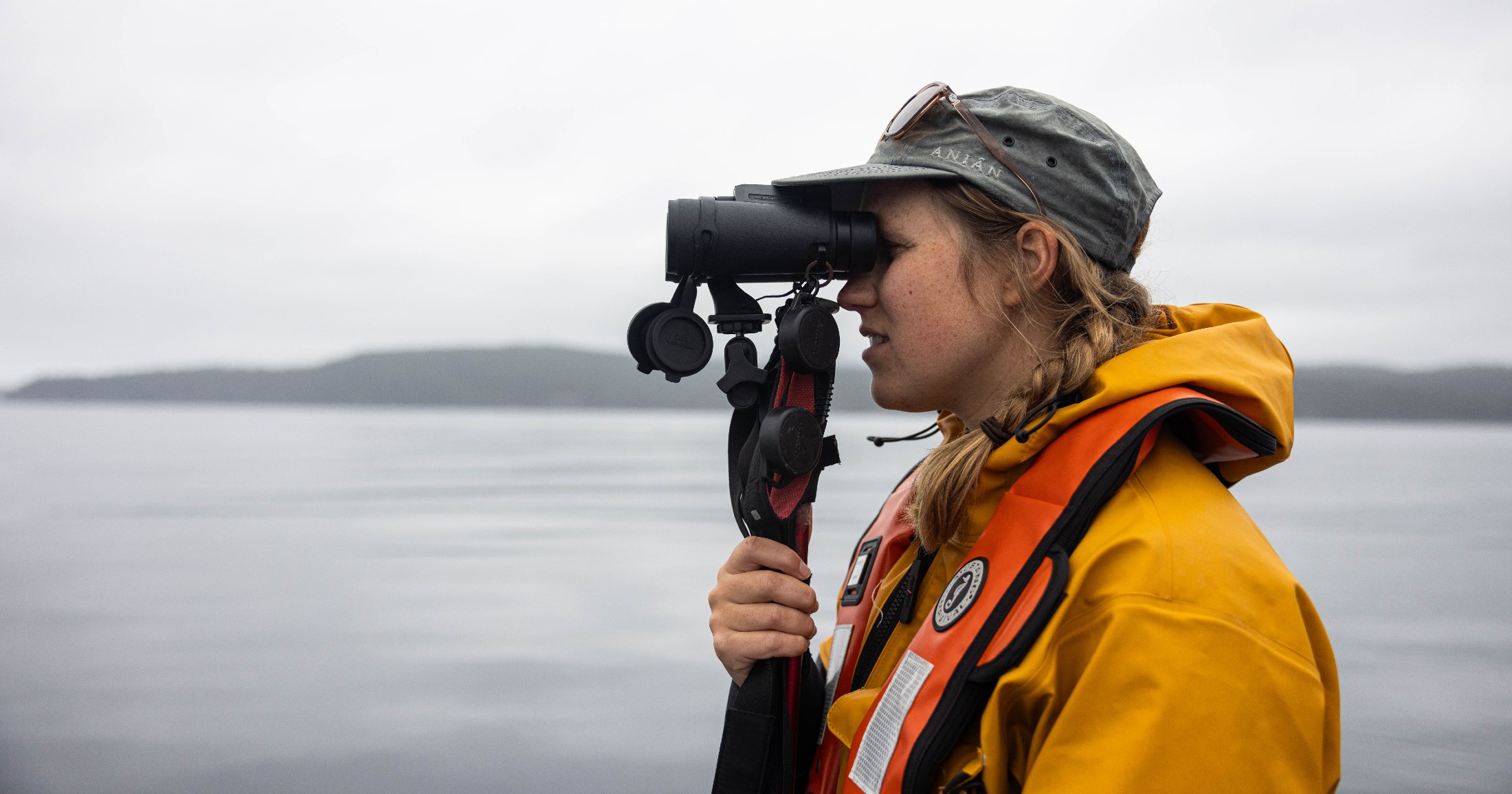Restoring the upper Pitt River
Creating a temporary home for over 3000 coho smolts.
On three, we haul the lead line in. One, two, three!
I kneel in the stream holding up the seine net and begin combing through debris of leaves, sticks and small rocks, looking for flashes of silver amongst the dull colours.
Coho! My colleague, Ian Hamilton, a Fisheries Biologist and Habitat Restoration Department Head at the Lower Fraser Fisheries Alliance, exclaims.
We quickly scoop up the small coho smolts, and any other fish we find, and gently put them in a bucket with water. “Should we take bets on what that brings our count to?”
For a week in early July, I assisted our colleagues at the Lower Fraser Fisheries Alliance with field work in the Upper Pitt River. The Pitt River is a wild and unpredictable river that snakes its way through a large valley before emptying in the Pitt Lake, the largest tidal lake in the world. Surrounded by steep mountain slopes and giant conifers, standing in the Pitt River valley you would think that you are in the Great Bear Rainforest, not two hours outside of Metro Vancouver.
The Katzie First Nation, whose traditional territory encompasses the Pitt River Valley, is conducting habitat restoration on important spawning and rearing habitat for chinook, sockeye and coho salmon populations. In collaboration with the Lower Fraser Fisheries Alliance, Fisheries and Oceans Canada, with support from the World Wildlife Fund Canada, Katzie First Nation aims to restore habitat of one of the last strongholds of Lower Fraser coho.
The Alvin Patterson channel, an important sockeye and coho spawning and rearing channel, was in dire need of maintenance as an outdated culvert intake had decreased water flow and connectivity to other habitats, which compromised the effectiveness of the spawning habitat. Before restoration work on this channel could occur, all the fish needed to be caught and removed from the channel.
For five days, a team of biologists , including Ashlee Prevost and Uwe Spremberg, Fisheries Biologists for the Lower Fraser Fisheries Alliance, Murray Manson from Fisheries and Oceans Canada and Mike Pearson of Pearson Ecological, as well as Ross Dixon, Communications and Development Director at Raincoast, hauled a seine net, which is a large net with a lead line at the bottom, dozens of times to catch as many fish as we could. After catching them, we would move the fish into a nearby pond, that would provide them a temporary home until the restoration was complete and they could return to the channel. By the end of day five, we had sore backs, roughened hands and we had caught just over two thousand coho smolts and almost three thousand fish in total. After long days and gratifying days of catching fish, we would sit around a campfire at the river’s edge and enjoy the wild sounds of the valley.
One month after the coho salvage in Alvin Patterson channel, and the restoration work that ensued, adult sockeye salmon were already back in the channel ready to spawn.
When the opportunity arrives I’m grateful to directly support Indigenous-led restoration efforts and am already nudging Ian for another opportunity to return to Katzie territory, the Pitt River and it’s salmon.
Kristen supports Raincoast’s work in restoring and conserving salmon habitat in the Lower Fraser Region by identifying pathways towards an Indigenous-led governance framework and a long-term funding strategy through interdisciplinary research and collaboration.
Support our mobile lab, Tracker!
Our new mobile lab will enable the Healthy Waters Program to deliver capacity, learning, and training to watershed-based communities. We need your support to convert the vehicle and equip it with lab instrumentation. This will allow us to deliver insight into pollutants of concern in local watersheds, and contribute to solution-oriented practices that protect and restore fish habitat.












